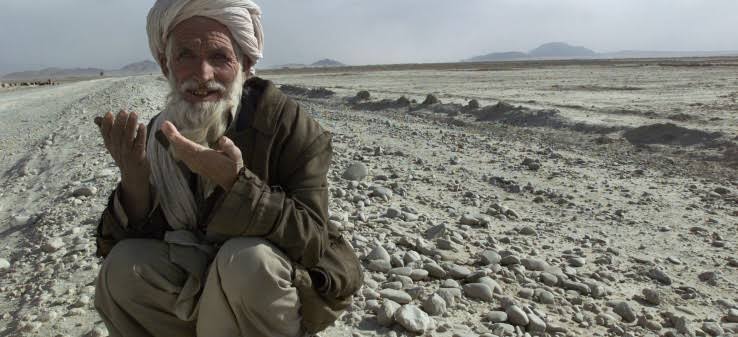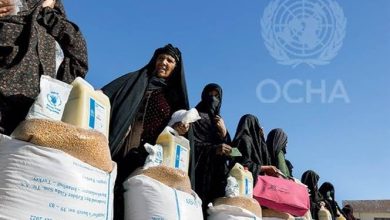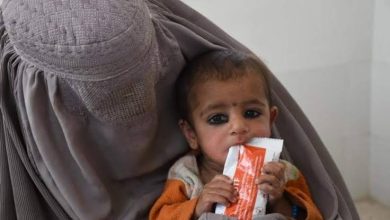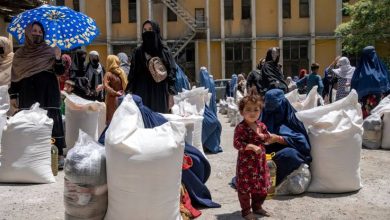
OCHA: Rainfall Levels in Afghanistan Below Average, Water Crisis Worsening
The United Nations Office for the Coordination of Humanitarian Affairs (OCHA) has reported that rainfall levels across Afghanistan remain below average, intensifying the country’s water crisis.
According to the report, only a few scattered areas in Afghanistan have experienced near-average rainfall. Overall, precipitation across the country is alarmingly low. OCHA also highlighted that snow water volume in most river basins is below normal and continues to decline.
The Agricultural Stress Index (ESI) also indicates a significant reduction in vegetation growth in many parts of the country—a strong signal of widespread drought. Soil moisture at root depth has also been reported as low in most provinces, except for some areas in the north and northeast, which raises serious concerns.
OCHA further stated that land surface temperatures across most of Afghanistan are above average, and this trend is expected to continue in the coming months, while rainfall is projected to remain below normal. This could lead to further decline in agricultural output, damage to pastures, and a worsening water crisis.
The report noted that as of March this year, the northern provinces of Faryab and Jawzjan have been the most severely affected by reduced rainfall and rising temperatures. Helmand, Herat, Kunduz, and Nangarhar provinces are also on alert.
In recent years, Afghanistan has faced repeated droughts and significantly reduced rainfall, leading to dwindling water resources and limiting access to safe drinking water for millions of citizens.



